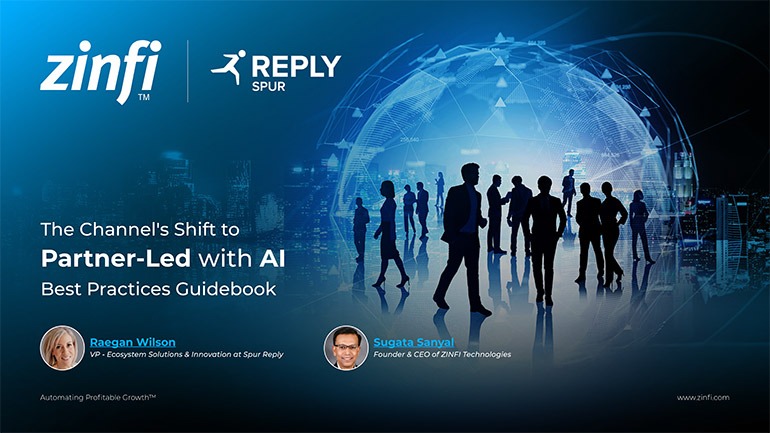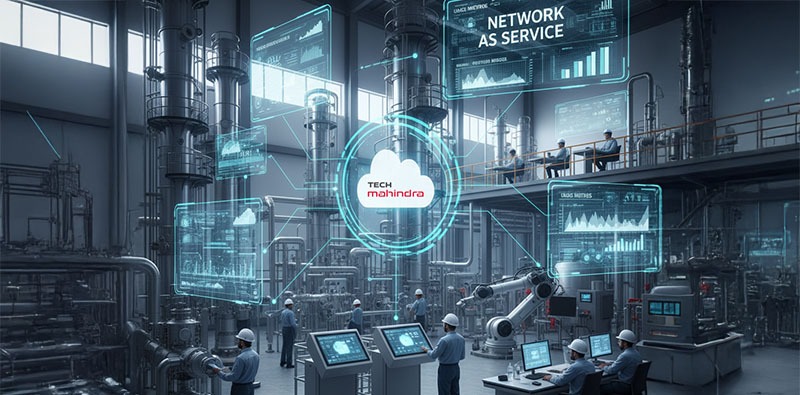Best Practices Articles

How IT/OT Convergence Is Driving the Industry 4.0 Transformation
Within the grand narrative of Industry 4.0 transformation, no challenge is more critical or historically entrenched than the convergence of Information Technology (IT) and Operational Technology (OT). These two essential domains of the manufacturing enterprise have existed in separate, often conflicting, worlds for decades. The IT department, custodians of the corporate network, enterprise applications, and data centers, has been governed by the principles of data confidentiality, integrity, and system scalability. There is the world of servers, firewalls, and enterprise resource planning. In stark contrast, the OT department, masters of the plant floor, has been driven by the unwavering imperatives of machine availability, operational reliability, and physical safety. Theirs is the world of programmable logic controllers (PLCs), industrial control systems, and the physical processes that create tangible products. In the past, this separation was not only possible but often practical. However, in the hyper-connected era of Industry 4.0, where data from a sensor on a production line must inform strategic business decisions in real-time, these silos are no longer sustainable. They have become the most significant impediment to achieving the seamless, data-driven ecosystem that defines a brilliant factory. Bridging this IT/OT divide is not just a technical integration project but a profound cultural and organizational transformation that forms the backbone of a booming Industry 4.0 strategy.
The friction between these two worlds is not born of malice, but of decades of divergent evolution and fundamentally different priorities. An IT professional might see a required security patch and system reboot as a routine and necessary measure to protect the enterprise. To an OT engineer, that same unscheduled reboot on a critical production line could mean hours of costly downtime, waste materials, and missed production targets. Conversely, the OT team's need for uninterrupted, real-time control might lead them to use isolated, aging, or proprietary systems that represent a significant security vulnerability from an IT perspective. These conflicting worldviews have created a culture of mistrust and misunderstanding, leading to turf wars over system ownership, budget allocation, and strategic direction. Overcoming this requires more than just a mandate for cooperation from senior leadership. It demands a deliberate and systematic effort to build a new, unified operational model—one that is founded on a shared language, common goals, and a deep, mutual respect for the unique expertise that each side brings to the table. This is the foundational work that must be done before any advanced analytics or AI initiatives can hope to succeed.
🎥 Watch the Full Video Podcast
The Case for a Unified Operational Model
The primary driver for IT/OT convergence is the need for a single, cohesive source of truth that spans the entire enterprise. Data is often trapped in disparate systems in a traditional, siloed environment. The OT world has its own data historians and control systems, while the IT world has ERPs, CRMs, and financial platforms. This creates a fragmented and often contradictory view of the business, making it incredibly difficult to make holistic, data-driven decisions. For example, the production data in the OT systems may not be contextualized appropriately with the order data in the IT ERP system, making it challenging to calculate the profitability of a specific product run accurately. The goal of a unified model is to break down these data silos, creating a seamless flow of information from the plant floor to the top floor. When data from an IoT sensor on a machine can instantly correlate with supply chain logistics, customer orders, and financial projections, the organization gains unprecedented visibility and agility. This allows for more accurate demand forecasting, efficient production scheduling, and a more responsive supply chain, ultimately improving profitability and customer satisfaction.
Furthermore, a unified IT/OT approach is essential from a cybersecurity perspective. As OT systems become increasingly connected to the internet and corporate networks to enable remote monitoring and data collection, they also become more vulnerable to cyber threats. Industrial control systems, which were often designed decades ago with little to no built-in security, are now prime targets for malicious actors seeking to disrupt operations or steal intellectual property. A fragmented approach to security, where the IT team manages the corporate network and the OT team manages the plant network, is a recipe for disaster. A comprehensive cybersecurity strategy for an Industry 4.0 environment requires deep collaboration between IT and OT. IT brings expertise in modern security architectures, threat detection, and incident response. In contrast, OT brings an essential understanding of the industrial control systems and the potential physical consequences of a cyber-attack. Only by working together can they design and implement a robust, defense-in-depth security posture that protects the entire enterprise, from the data center to the individual sensor on the factory floor.
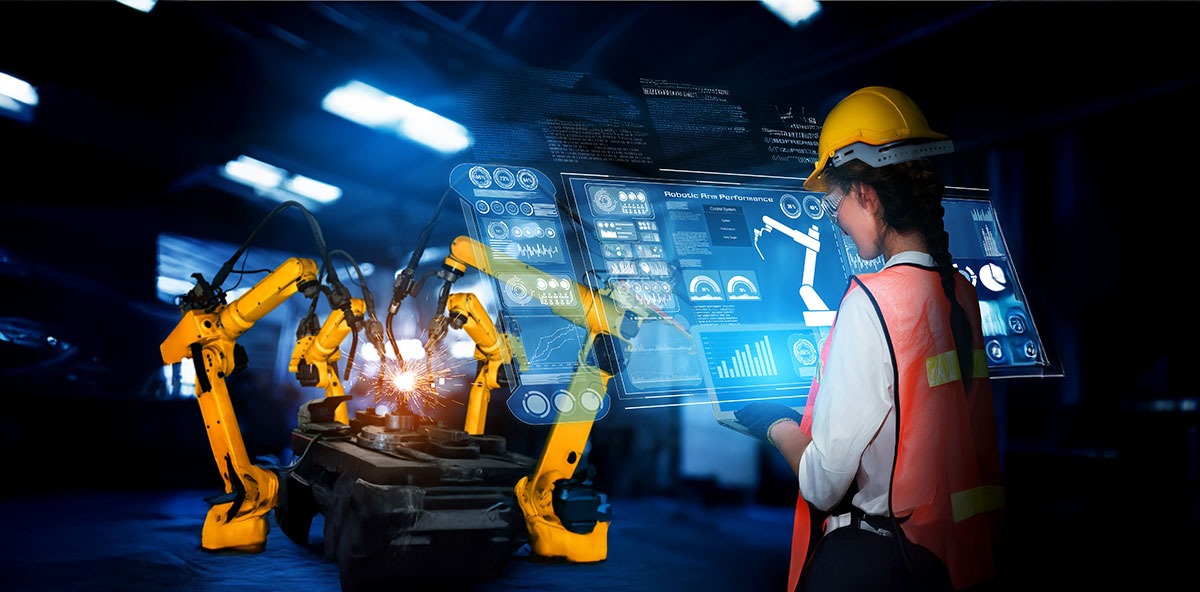
Practical Strategies for Integration
Achieving this unified model requires more than a conceptual agreement; it demands concrete, practical strategies for integration. The first and most crucial step is the establishment of shared goals and metrics. The IT and OT departments must be held accountable for the same high-level business outcomes. Instead of measuring IT solely on network uptime and OT solely on machine availability, both teams should be evaluated on a standard set of KPIs, such as overall equipment effectiveness (OEE), on-time delivery, or cost per unit produced. This immediately aligns their incentives and forces them to think and act as a single, cohesive team. When a new project is proposed, the question is no longer "Is this good for IT?" or "Is this good for OT?" but "Is this good for the business?" This shift in perspective is the catalyst that turns adversaries into allies.
Structurally, organizations can accelerate convergence by creating cross-functional teams and new roles designed to bridge the gap. One highly effective approach is the formation of embedded teams, where IT professionals are physically located on the plant floor, working side-by-side with OT engineers. This daily interaction breaks down stereotypes, builds personal relationships, and gives the IT team a firsthand appreciation for the realities and challenges of the manufacturing environment. Conversely, including OT engineers in IT strategic planning sessions ensures operational requirements are considered from the outset. Another critical role is the "IT/OT translator" or "digital manufacturing engineer". This is an individual or a team with a hybrid skill set, fluent in both the language of industrial automation and the language of enterprise IT. These translators can facilitate productive conversations, clarify technical requirements, and ensure that solutions are designed to meet the needs of both worlds. They are the essential connective tissue that binds the two domains together.

Conclusion
The convergence of IT and OT is the linchpin of the Industry 4.0 transformation. It is the complex but non-negotiable work that enables everything else. Without a seamless, secure, and collaborative relationship between the teams that manage the enterprise's information and the teams that manage its physical operations, the promise of an innovative, data-driven manufacturing ecosystem will remain just that—a promise. The path to integration is not easy; it requires dismantling decades of organizational silos, overcoming cultural resistance, and investing in new skills and new ways of working. However, the rewards for those who succeed are immense.
A converged IT/OT environment creates a more agile, efficient, and resilient organization. It provides the single source of truth needed for intelligent decision-making, from the shop floor to the executive suite. It creates a more robust and defensible cybersecurity posture, protecting the company's most critical assets. And most importantly, it fosters a culture of collaboration and innovation that will be essential for navigating the challenges and seizing the opportunities of the 21st-century manufacturing landscape. The organizations that successfully bridge the IT/OT divide will be the ones that lead the next industrial revolution, transforming their operations from a collection of disparate parts into a single, intelligent, and highly effective whole.
Best Practices Guidebook
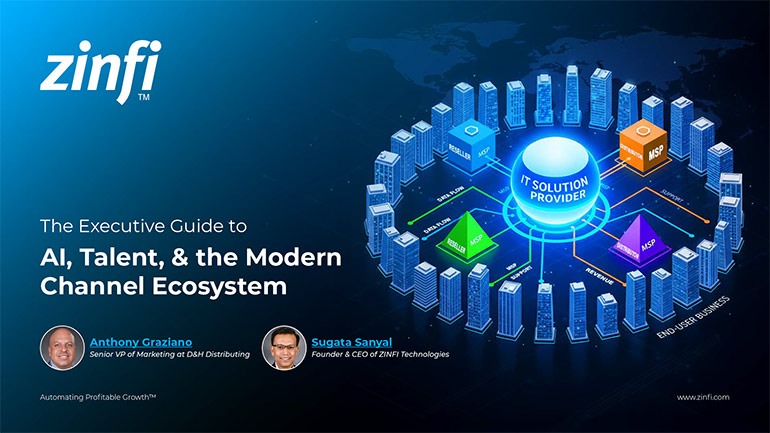 Modernizing Channel Marketing: AI and Ecosystem Enablement Best Practices
Modernizing Channel Marketing: AI and Ecosystem Enablement Best PracticesDownload for FREE
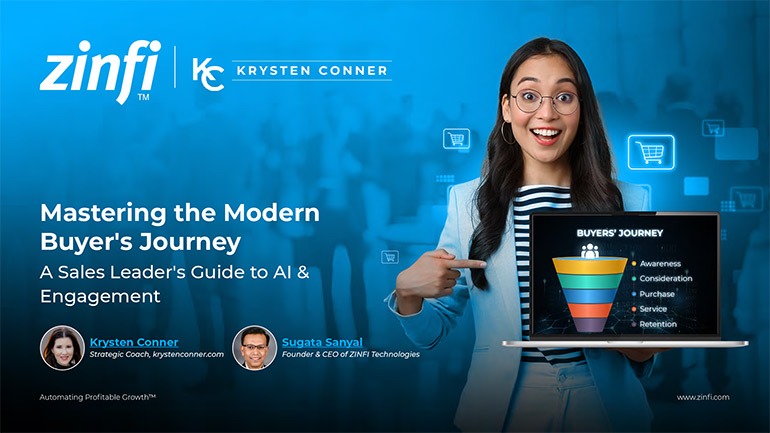 The Channel’s Shift to Partner-Led With AI Best Practices
The Channel’s Shift to Partner-Led With AI Best PracticesDownload for FREE
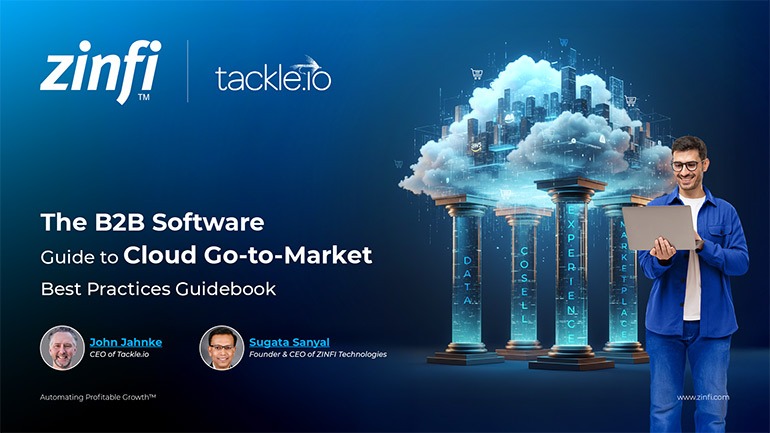 Hyperscalers, ISVs, and AI: Shaping the Future of B2B Software Distribution
Hyperscalers, ISVs, and AI: Shaping the Future of B2B Software DistributionDownload for FREE
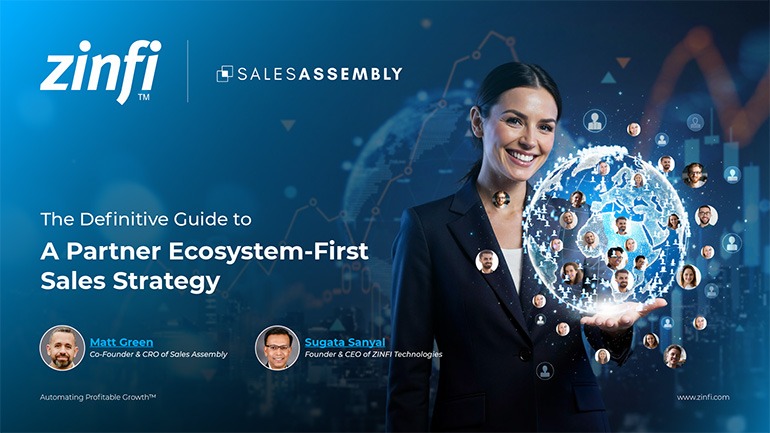 Definitive Guide to a Partner Ecosystem-First Sales Strategy
Definitive Guide to a Partner Ecosystem-First Sales StrategyDownload for FREE
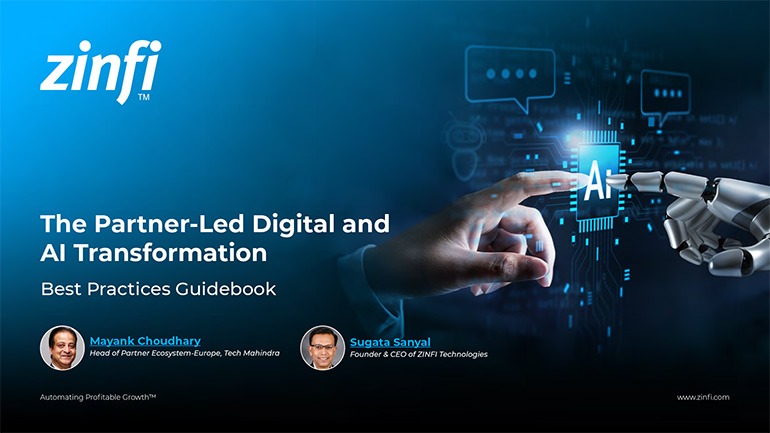 The Partner-Led Digital and AI Transformation Best Practices
The Partner-Led Digital and AI Transformation Best PracticesDownload for FREE
 Startup Talent Recruitment: Hiring Missionaries, Not Mercenaries
Startup Talent Recruitment: Hiring Missionaries, Not MercenariesDownload for FREE
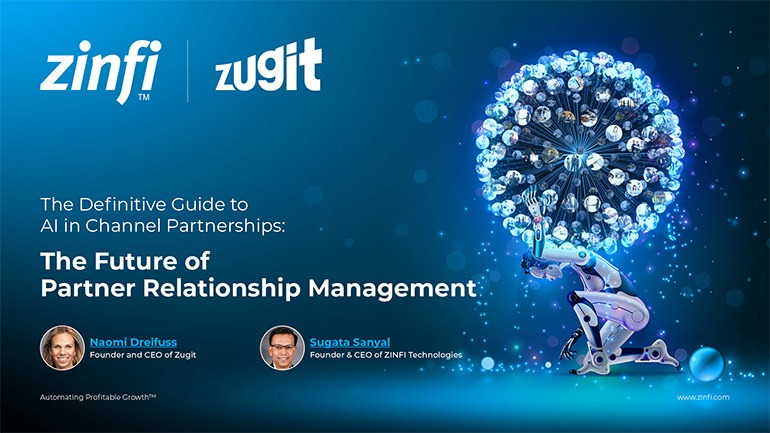 The Future of Partner Relationship Management with AI in Partnerships
The Future of Partner Relationship Management with AI in PartnershipsDownload for FREE
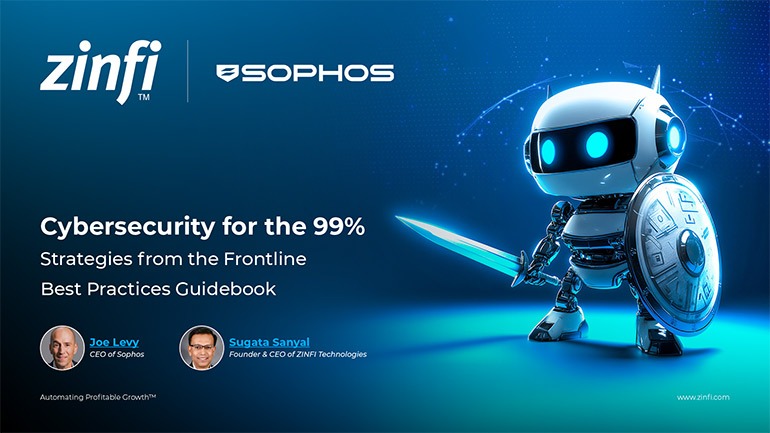 Cybersecurity for the 99%: Strategies from the Frontline
Cybersecurity for the 99%: Strategies from the FrontlineDownload for FREE
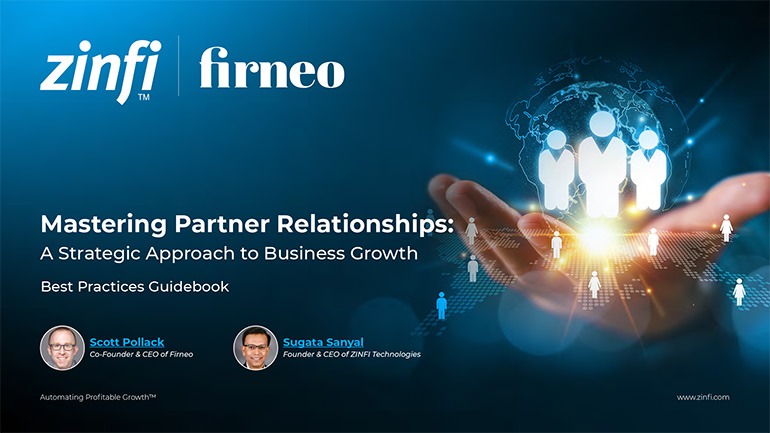 Mastering Partner Relationships: A Strategic Approach to Business Growth
Mastering Partner Relationships: A Strategic Approach to Business GrowthDownload for FREE
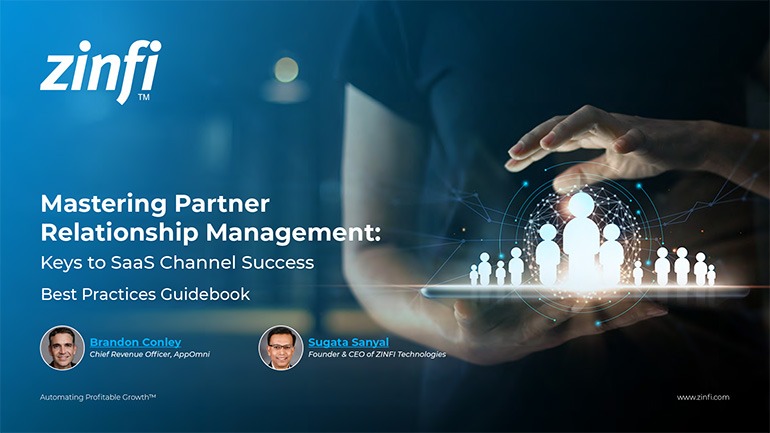 Mastering Partner Relationship Management: Keys to SaaS Channel Success
Mastering Partner Relationship Management: Keys to SaaS Channel SuccessDownload for FREE
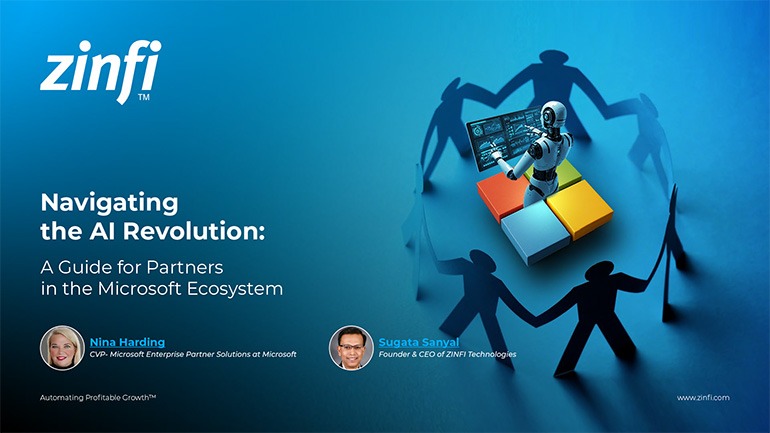 Navigating the AI Revolution: Guide for Partners in the Microsoft Ecosystem
Navigating the AI Revolution: Guide for Partners in the Microsoft EcosystemDownload for FREE
 Mastering the Modern Buyers Journey: Sales Leader’s Guide to AI & Engagement
Mastering the Modern Buyers Journey: Sales Leader’s Guide to AI & EngagementDownload for FREE

